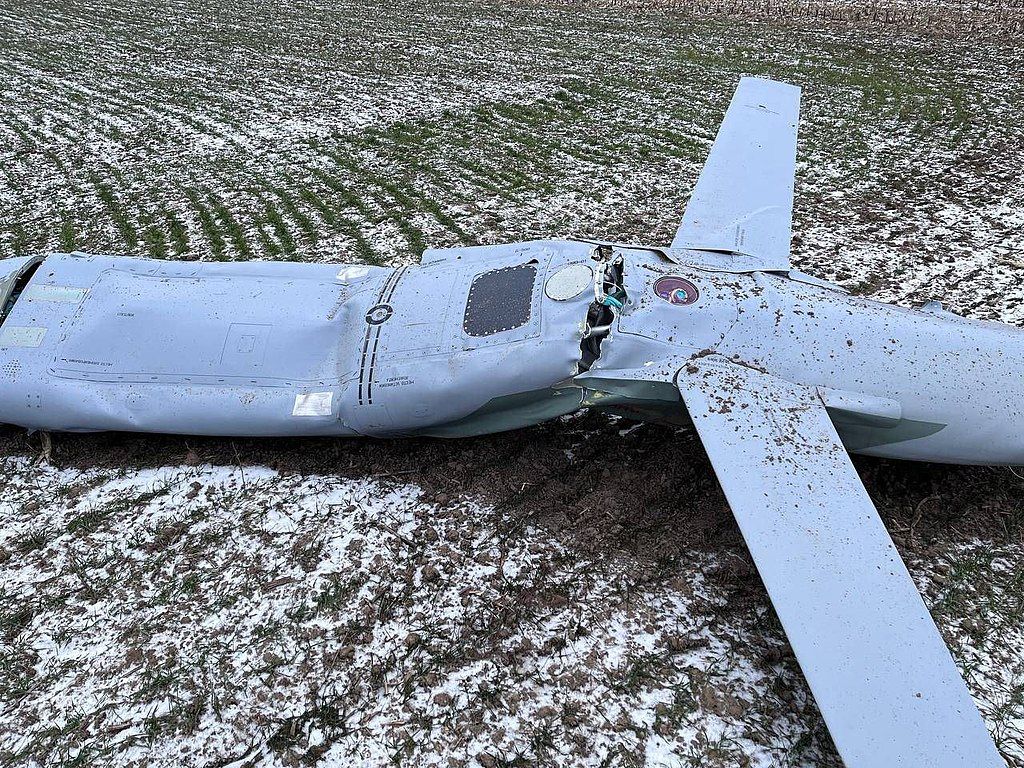Russia launched a massive attack against Ukraine on June 1, targeting multiple regions with a combination of missiles and drones. Ukrainian air defenses were able to intercept and shoot down 35 of the 53 missiles and 46 of the 47 attack drones launched by Russia. The Russian forces used a variety of weapons including Kh-101/555 cruise missiles, Iskander-M ballistic missiles, and Kalibr cruise missiles from different locations. The attacks resulted in damage to energy infrastructure in several regions of Ukraine, including Zaporizhzhia, Dnipropetrovsk, Donetsk, Kirovohrad, and Ivano-Frankivsk oblasts.
The Ukrainian Air Force reported that Russian troops attacked Ukraine with a total of 35 Kh-101/555 cruise missiles launched from Tu-95 bomber planes over the Caspian Sea, as well as Iskander-M ballistic missiles and Iskander-K cruise missiles from occupied Crimea. Additionally, Russian forces launched Kalibr cruise missiles from the northeastern Black Sea, guided air-launched missiles from occupied territories in Zaporizhzhia Oblast, and Shahed-type drones from a town in Russia. Despite the intensity of the attacks, Ukraine’s air defenses were able to successfully intercept and take down a significant number of the incoming missiles and drones, preventing further damage.
Energy Minister Herman Halushchenko confirmed that the attacks caused damage to Ukraine’s energy infrastructure in several regions, prompting the deployment of restoration and emergency workers to assess and repair the damage. This latest Russian aerial strike targeting Ukraine’s energy grid follows previous attacks that have occurred during the spring, highlighting the ongoing conflict and tensions between the two countries. The damage caused by the recent attacks underscores the challenges and threats faced by Ukraine in defending its territory and critical infrastructure against hostile actions.
The escalation of the conflict between Russia and Ukraine has led to increased military engagements and attacks targeting key infrastructure in Ukraine. The use of sophisticated missiles and drones by Russian forces demonstrates the complexity and intensity of the ongoing conflict. Despite Ukraine’s efforts to defend its territory, the attacks have resulted in significant damage to energy infrastructure in various regions, posing challenges for recovery and repair efforts. The continued aggression from Russia underscores the importance of international support and solidarity in helping Ukraine defend its sovereignty and security in the face of external threats.
As the conflict in Ukraine continues to escalate, the need for independent journalism and reliable reporting becomes increasingly important. Supporting independent media outlets in Ukraine is crucial in providing accurate information and coverage of the situation on the ground. By joining the fight to support independent journalism in Ukraine, individuals can contribute to the dissemination of credible news and insights into the ongoing conflict, helping to raise awareness and understanding of the complexities and challenges faced by the country. Solidarity and support from the international community play a significant role in strengthening Ukraine’s resilience and ability to navigate through turbulent times.
In conclusion, the recent missile and drone attacks by Russia on Ukraine have caused significant damage to energy infrastructure in multiple regions, highlighting the ongoing conflict and tensions between the two countries. Despite Ukraine’s successful interception of a considerable number of incoming missiles and drones, the attacks have underscored the challenges and threats faced by Ukraine in defending its territory and critical infrastructure. International support for independent journalism in Ukraine is crucial in providing accurate and reliable information about the conflict, helping to raise awareness and understanding of the situation on the ground. Together, solidarity and support can play a vital role in strengthening Ukraine’s resilience and ability to withstand external threats.


